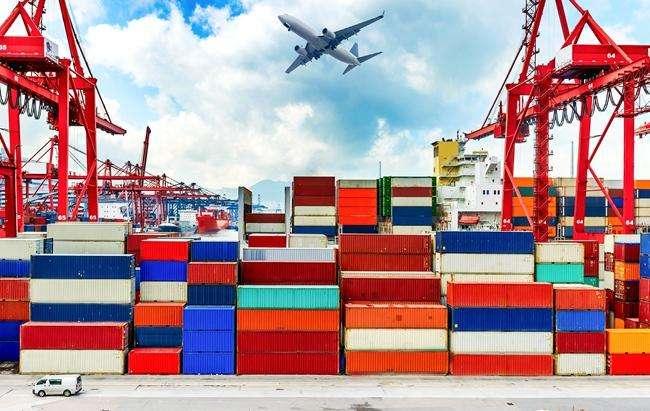BEIJING, March 10 (Xinhua) -- With enterprises resuming operation and household consumption gradually returning to normal, China's imports in the second quarter are expected to rebound, according to analysts of CITIC Securities.
--- Epidemic affects foreign trade
Data released by the General Administration of Customs (GAC) shows that China's foreign trade of goods fell 11 percent year on year in the first two months of this year to 592 billion U.S. dollars amid disruptions caused by the novel coronavirus outbreak. Exports dipped 17.2 percent year on year to 292.5 billion U.S. dollars during the period, while imports decreased 4 percent to 299.5 billion U.S. dollars.
Analysts believe that the novel coronavirus outbreak and the extension of the Spring Festival holiday are main factors causing data fluctuations. In February, enterprises suspended production on a large scale, and some had to face order cancellations or delays in delivery. The supply side of exports was significantly affected, leading to the obvious fall in exports.
The foreign trade enterprises interviewed also generally stated that the main factor affecting exports in February was the resumption of work. They have not encountered large-scale cancellations of orders. However, due to factors such as the inability of employees from other regions to return to work, and the upstream suppliers unable to start work, their production capacity was limited, which in turn affected exports in the period.
In terms of imports, CITIC Securities analysts believe that China's imports in the first two months showed strong resilience. The epidemic prevention and control and the material needs of the stay-at-home residents supported the country's import needs to a certain extent. To be specific, from January 24 to February 29, customs across the country inspected and released 2.46 billion pieces of epidemic prevention and control materials, valued at 8.21 billion yuan.
--- Work resumption helps import recovery
Analysts believe that the speed at which the domestic demand picks up depends on the progress of the work resumption. With the work resumption and resident consumption gradually returning to normal, China's import growth may rebound in the second quarter. However, under the background of the epidemic spread overseas, exports may continue to be under pressure.
Regions including Jiangxi, Sichuan and Guangdong have successively stopped the approval of work resumption applications by enterprises from mid-February and changed the approval into the filing mode, which has effectively accelerated the progress of production resumption.
At present, the foreign trade enterprises in most regions have seen work resumption rate exceed 50 percent. The key foreign trade enterprises in Zhejiang and Tianjin have resumed work at 100 percent. Those in Guangdong, Jiangsu, Shanghai, Shandong, and Chongqing have seen more than 70 percent in work resumption rate, according to Li Xingqian, director of the Department of Foreign Trade of the Ministry of Commerce.
From the perspective of Li Chao, an analyst at Huatai Securities, with the work resumption, household consumption gradually returning to normal, and counter-cyclical policies in the second quarter gradually playing a role to stabilize the domestic demand, the country's import growth may rebound to a certain extent.
However, more than 100 countries and regions have been affected by the virus at present, which will dent China's exports.
The World Trade Organization (WTO) recently stated in its report that the growth of global goods trade in the first quarter of 2020 will remain weak.
Analysts with the Southwest Securities and the CITIC Securities also noted that although the epidemic situation in China has improved, the spread of the epidemic overseas means that overseas demand is weakening. The supply chain shocks and falling global demand may affect the country's export growth in the future. (Edited by Hu Pingchao, hupingchao@xinhua.org)




 A single purchase
A single purchase









